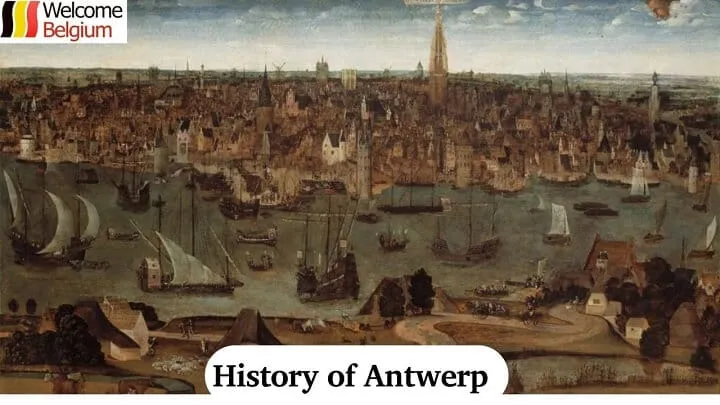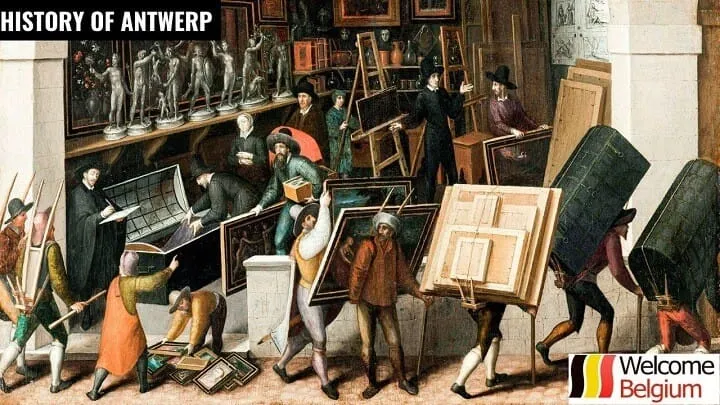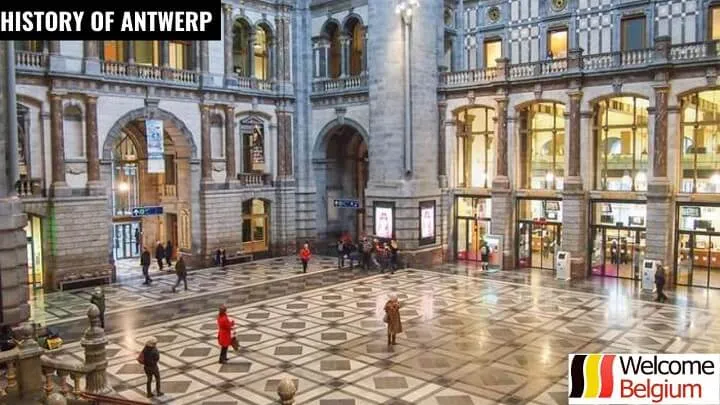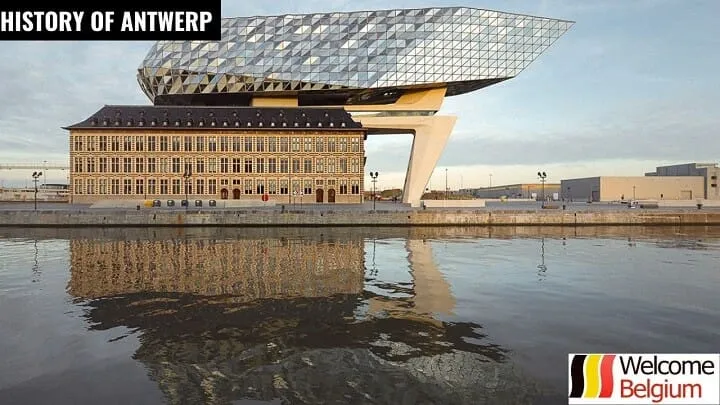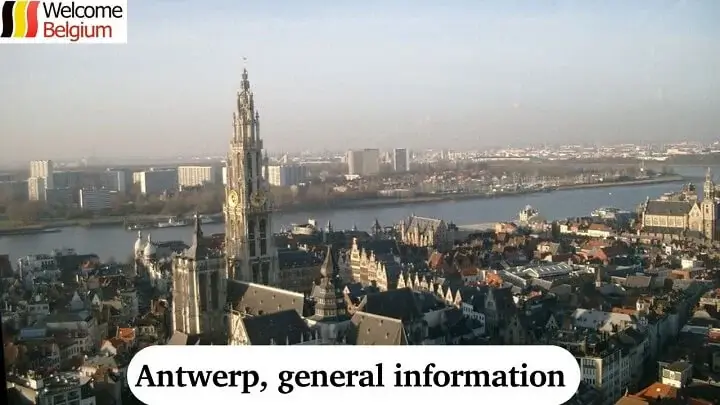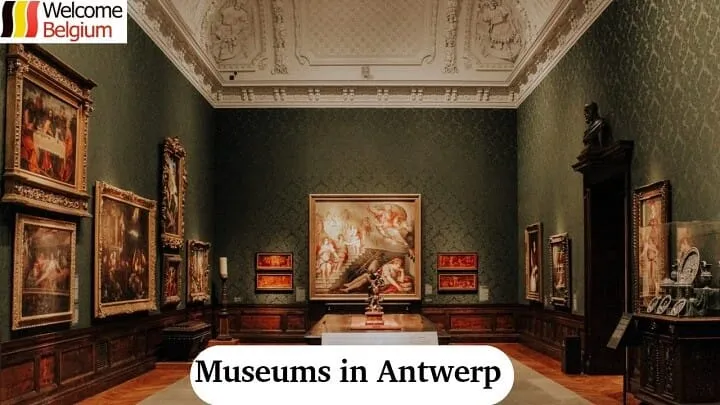The history of Antwerp is inextricably linked with the sea. Long before the annalistic references, small settlements existed on the territory of the modern city, which became the basis for the future trade and transport center of Western Europe. Before visiting Antwerp, it is recommended to study its history, which will make it possible to evaluate the local sights and the life of the inhabitants in a different way.
[lwptoc]The first mentions and results of archaeological excavations
Proximity to the coast of the North Sea was the result of the appearance of the first small fishing villages and settlements on the territory of Antwerp in the 2nd century AD. Their inhabitants were migrants from other lands who found a new business – fishing, farming. The latter became possible due to the relatively flat topography and black soil. This is evidenced by the results of excavations, utensils and remains of pottery date back to the 2nd-5th century AD.
Antwerp got its name in history because of the large hill aanwerp, around which the settlements of the first inhabitants of this region arose and disappeared for a long time. However, this situation did not last long; by the beginning of the 11th century, maritime trade began to develop in this part of Europe. Thanks to the natural bay and small bays, the first small sea berths appeared, which later formed the port.
The first mention of the latter dates back to the XII century. The reason is the siltation of the neighboring port city of Bruges. Sea vessels no longer had the opportunity to approach the berths and unload and load goods. An alternative was urgently needed, which was Antwerp. Natural silting is the main reason for the emergence of a modern city. But historical vicissitudes did not allow it to become a truly commercial and cultural center of Europe in the Middle Ages.
Antwerp in the Middle Ages and after them
The sharp growth of maritime trade caused the growth of the city, the formation of separate quarters, guilds. During this period of the history of Antwerp, the emergence of a special architectural style is observed, which will later become its hallmark. Some of the buildings have survived to this day. The combination of the restrained style of Northern Europe and the luxury of the southern countries of the continent led to the emergence of unique architecture. No wonder Antwerp was called the most beautiful city in Europe in the 14th and 15th centuries.
Stages of historical development.
- 1356 Accession to the county of Flanders, which at that time was part of the Holy Roman Empire. There is a slight economic decline, as part of the privileges returned to Bruges again.
- 1406 The trade flow through these lands increased, the seaport increased again, new trade routes were established.
- 16th century An economic and political war between Northern Europe and Catholic Spain leads to the closure of the Scheldt River. The history of Antwerp is going through the worst times, the city is actually becoming an ordinary European province.
- 1815-1830. Napoleon’s defeat at Waterloo led to the opening of the Scheldt River. However, this situation did not last long, already by 1830 the Belgian Revolution led to a re-closing of the mouth.
- 1863 The borders of the earth are fully opened, economic, social and demographic growth begins.
The First and Second World Wars did not greatly affect the status of Antwerp, its history becomes an example of constant growth. The exception is the global world crises. But their impact on residents, businesses and local authorities remains minimal. Having become the second largest seaport in Europe, Antwerp continues to serve as a transshipment point for goods, a center for heavy metallurgical and chemical industries.
Modern Antwerp
The modern history of the city is a constant growth, expansion of ties with other provinces and lands of Belgium. In the second half of the 20th century, a global modernization of the port took place, new railway lines and highways were built. At the same time, industrial enterprises appear, a small private business develops. This caused an increase in the population, attracting migrants from other countries and regions of Belgium.
Since the second half of the 20th century, the city authorities have been trying to preserve the history of Antwerp in its architecture, historical and natural attractions. This made it attractive for tourists and independent travelers. Therefore, before visiting it is recommended to study its history, find out the location of memorable places, their working hours.
The history of Antwerp is inextricably linked with the seaport, economic ties with other regions of Belgium and European countries. This was the reason for the multinational population and cultural traditions.

